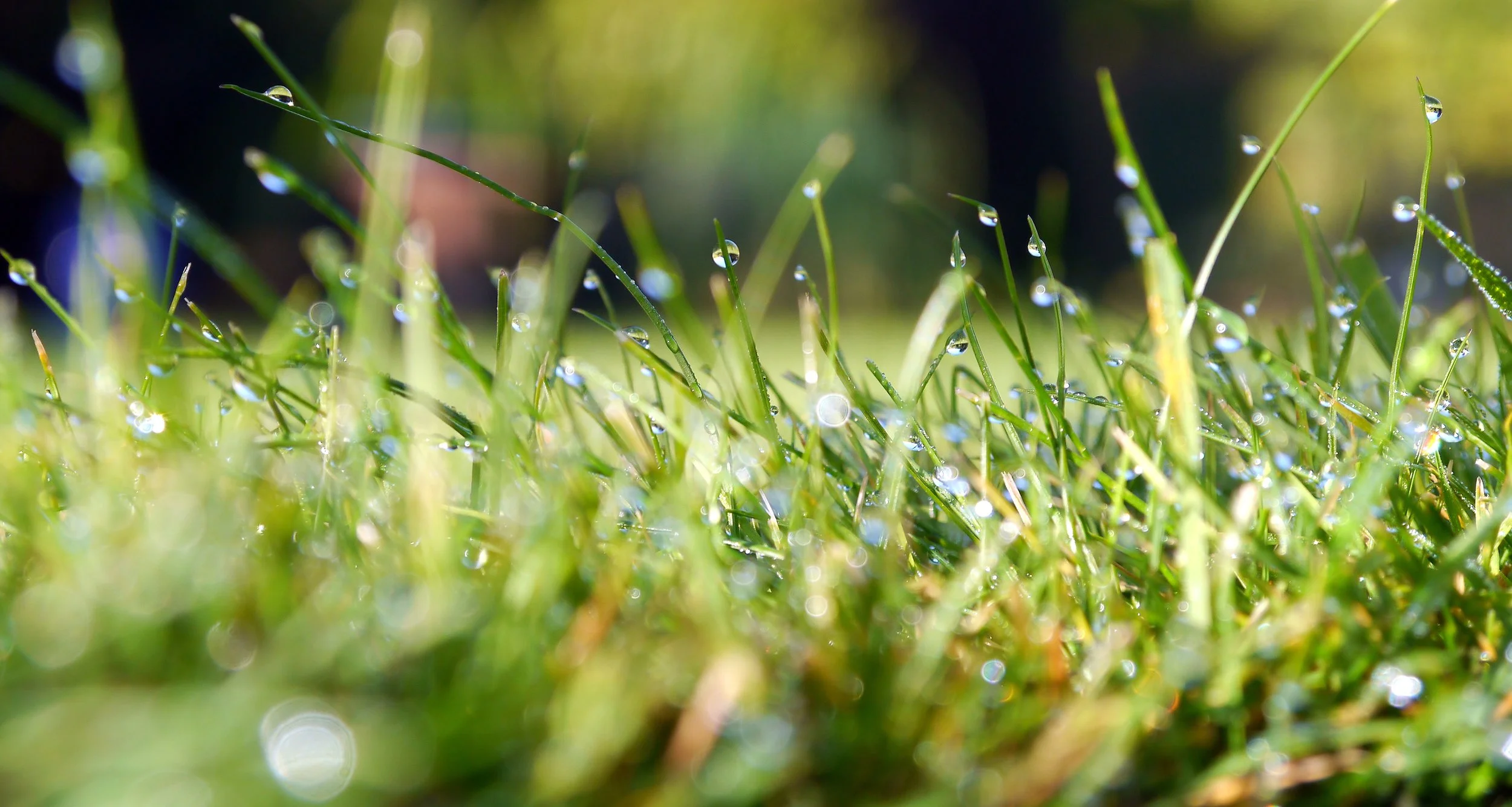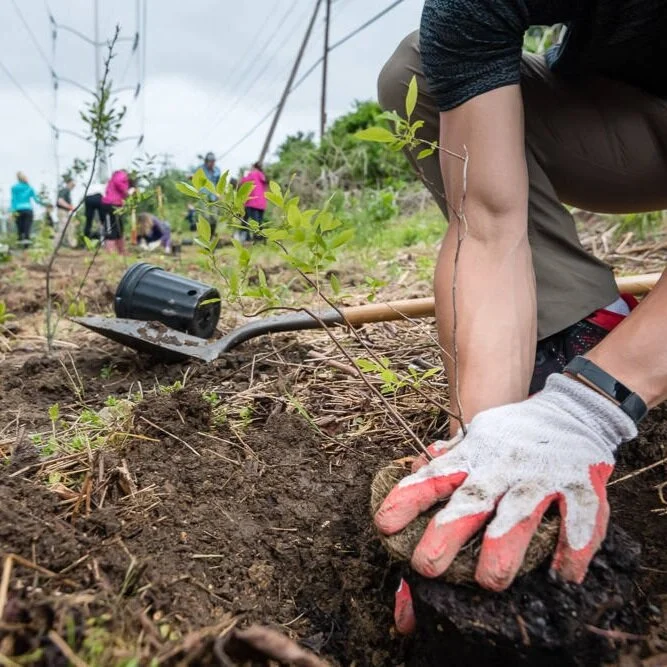Ask the Expert: Is it safe to swim in the Potomac River?
/The Potomac is improving, but can we really swim in it? And what about coronavirus?
Kayak Photo credit © William MacFarland, courtesy of MacFarlandPhoto.net
Walking along a riverside trail with sunlight slowly burning your cheeks and sweat dripping down your back, you stop and look longingly at the nearby Potomac. You take a step toward the water that's gently lapping the shore and you hear a crumpling sound under your foot. Glancing down, you see a plastic bottle half buried in the sand. It gives you pause.
"Is it safe to swim in the Potomac River?"
It's a common question we hear from concerned folks in the Washington, DC area - especially as the hot summer months approach and it becomes safer to gather in groups outside thanks to COVID-19 vaccinations.
The answer is - it is and it isn’t. That sounds strange, so let’s clear up a few points and to provide tips to keep your summer cool.
WHile swimming is still illegal in Washington, DC, Special access was granted to athletes in the 2017 nations Triathlon, pictured above. Photo credit © William MacFarland, courtesy of MacFarlandPhoto.net
Is it legal?
It is illegal to go swimming in the Great Falls area of the Potomac River, an area also known as Mather Gorge. There are enough hazards in this section that even the best kayakers can have trouble navigating the rapids. Nearly every year, there are drowning accidents in this stretch of the river. Check out the Washington Post's interactive map to view the deadly hazards that lurk in these waters.
Great Falls might be a no-brainer, but what about the calm water, nowhere near the falls, where it looks nice and flat? Like in Georgetown for instance? Don’t let the calm-looking water fool you! There are still extremely strong currents under the water that can pull the unaware swimmer down into the river’s depths. For safety reasons, swimming in the Potomac is illegal between Great Falls and the southern Maryland/DC line.
If you're boating and wearing a personal flotation device and you happen to fall in, that is not illegal. But it is advisable that you get back in your boat ASAP.
Bottom line: It is illegal to swim between Great Falls and the Maryland/DC line. There are exceptions for those who operate a boat, canoe, or kayak and happen to fall in wearing a personal flotation device.
(For more information about COVID regulations, keep reading!)
The “Dead Pool” Whirlpool at great falls is a dangerous hazard known for pulling kayakers under. Swimming is illegal at great falls due to such potentially fatal conditions. Image courtesy of Geoff Livingston/Flickr.
Is it safe?
Our latest Potomac River Report Card shows that the river’s health grade has dropped from a B to a B-, but the river is still cleaner than it has been in decades (just 10 years ago we gave it a D!). So is the Potomac still too polluted to swim in?
The overall improved grade doesn't mean the river is always safe for swimming. Here’s what to look out for:
Assuming you're at a stretch of river where it is legal to swim (always check!), the weather is an important factor to consider before jumping in. If it has rained in the past three days, and the water looks brown or murky, then it is best to avoid touching local waterways. Trees and other large debris can lurk just below the water's surface and pose serious danger to those in the river.
Bacteria is also a serious concern. After strong storms, drainage and sewage pipes in and around Washington, DC can overflow. When this occurs, runoff flows directly into the Potomac and Anacostia rivers. Disgusting, right? These pipes are in the process of getting fixed, but before they are, wait out the overflow aftermath.
If you’re curious about a particular water hole or spot on the Potomac River, there are ways to find out if it’s safe on any given day. Bacteria occur naturally in the water, but there are certain kinds – like E. coli – that are good indicators of sewage pollution. You can run your own test for e.coli or let others do the testing for you- local citizen scientists are regularly testing our waters and uploading data to the Swim Guide app!
Bottom line: Due to large debris and runoff pollution, you should NOT wade in local rivers or streams if it has rained in the last three days. If you’re unsure, download the Swim Guide app!
What about COVID?
Nobody wants a repeat of summer 2020 and after over a year of being shut inside, we’re all desperate to do a lot of splashing around. But the COVID-19 pandemic is not over, so it’s still important to operate with caution and respect our community’s health, even as more and more residents get vaccinated.
While many local jurisdictions are re-opening pools and parks (at reduced capacity) and allowing larger outside gatherings for vaccinated people, we still recommend following these guidelines:
Check COVID restrictions and mask guidelines in your local area, as well as case loads, before heading out to a potentially popular swimming hole. Regulations differ based on state and county.
Be extra conscious of swimming safety and do not venture out if you are alone or nervous about your ability in the water. Fire & rescue crews have seen an increase in distress calls and drownings on the Potomac River in the last year. For the good of our community, it’s best not to overload emergency services any further.
Continue to practice the Recreate Responsibly guidelines, which include giving people space, staying home if you’re sick, and planning ahead. Even as parks and swimming spots open back up, facilities like restrooms and water stations may be unavailable - so know before you go.
The bottom line: COVID safety depends on where you live and your own personal risk factors. But by being respectful of others, local guidelines, and general safety practices, we can all help keep our community healthy.
Where can I keep cool this summer?
Finally, the fun part! There are countless swimming spots across our region – from the sandy beaches at Point Lookout, to backyard streams and creeks.
One of our favorite spots for cooling off on the river is Harpers Ferry, West Virginia. You can book a tubing trip on the Shenandoah or the Potomac River and decide whether you want a relaxing flat water float or an adventurous white water exploration. It's a short drive from downtown DC and the perfect way to keep cool and relax on a summer's day.
Bottom line: There are lots of local spots where it is both legal and safe to swim. Get Exploring!














